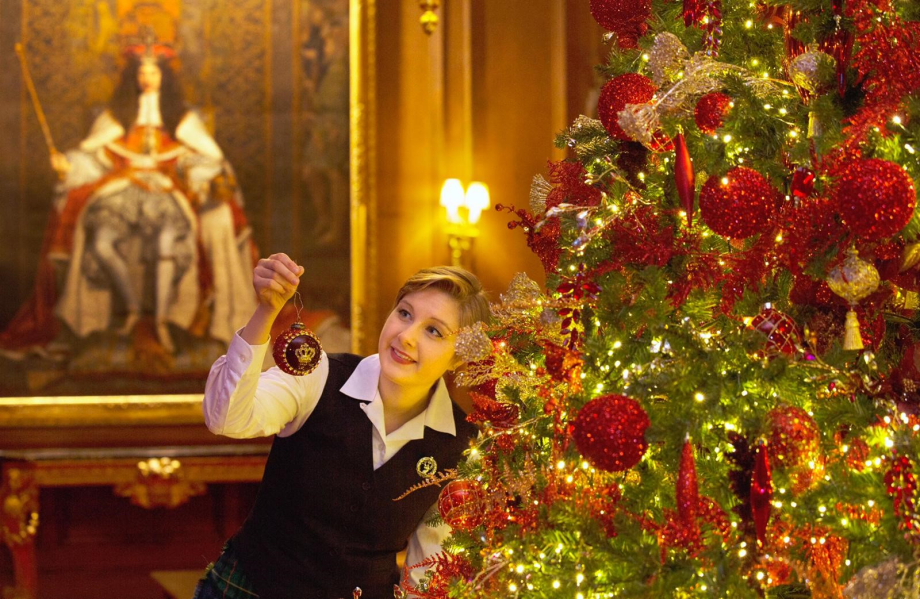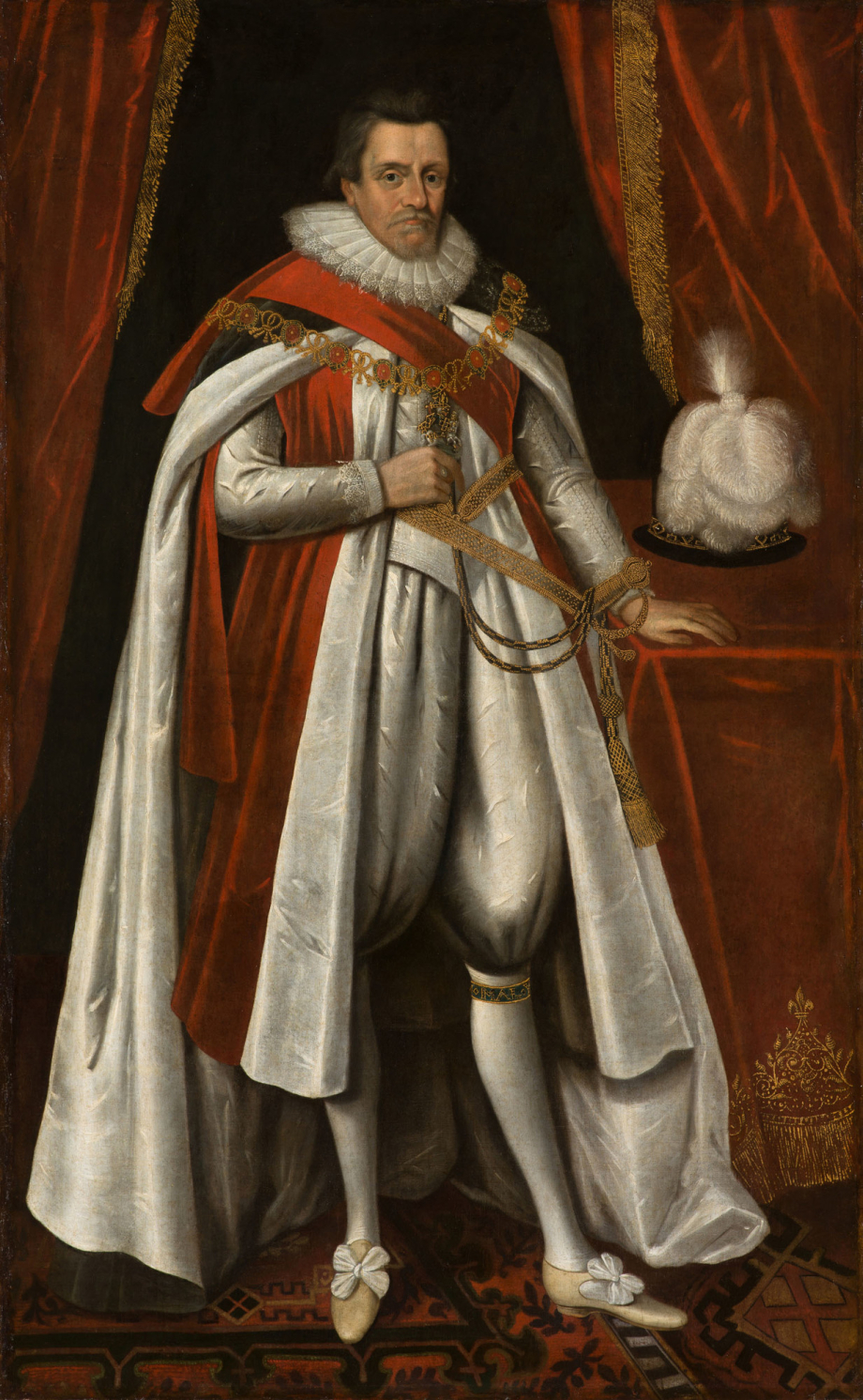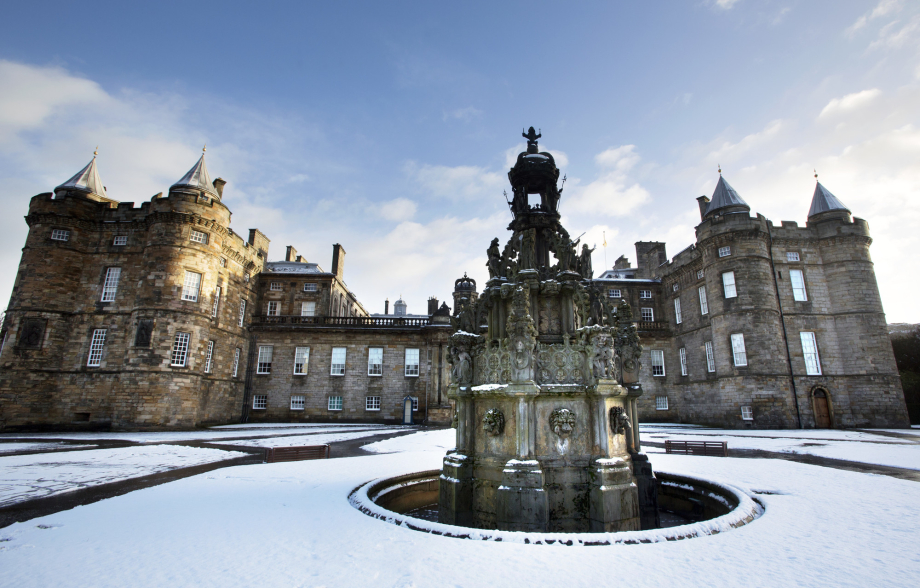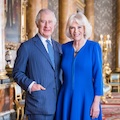The Palace of Holyroodhouse, The Queen’s official residence in Edinburgh, has been decorated with Christmas trees, lights, wreaths and garlands for Christmas.

The Great Stair looks festive with a garland, wreaths and lights and the Christmas tree in the Throne Room (below) stands out against the newly-installed painting of Charles II.

Christmastime wasn't’t always celebrated in this way at the Palace. In fact, after the reformation in Scotland, Mass, festivals and church holidays were abolished, and Yule celebrations were banned.

Despite the ban, some traditions remained…
In the Christmas of either 1563 or 1564, Mary, Queen of Scots (r. 1561-1567) held a ball at the Palace of Holyroodhouse, where she and her guests celebrated the ‘Feast of the Bean’. The ritual began at the start of the Christmas period and involved hiding a bean in a cake: the person to find it would be crowned ‘King/Queen of the Bean’.

In this year, Mary Fleming, who was one of the Queen’s ladies, found the bean and was dressed in the Queen’s clothes as a prize.
During James VI’s reign (1567-1625) it was decreed that punishment would be handed out to all those who celebrated Christmas. In the 17th Century and beyond, the Christmas ban continued, with Scots instead celebrating New Year.

The 400-year-long sanction on Christmas in Scotland was only officially lifted in 1958, when the ‘Holidays Act’ made Christmas Day an official public holiday, and Boxing Day was only officially marked as a public holiday in 1974!

The Palace of Holyroodhouse was founded as a monastery in 1128 by David I, and over the course of its history it underwent a series of different renovations and changes. Find out more about its history here.
Images provided by Royal Collection Trust.



